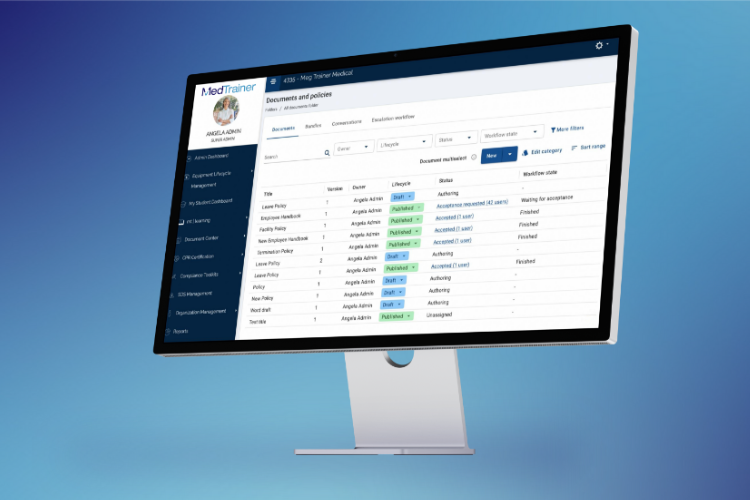Nurses are on the front line of most healthcare events. They triage patients in the emergency department. They manage day-to-day care for inpatient cases. They are the eyes and ears of patient safety. So when incidents happen, a nurse may be directly or indirectly involved in reporting the event. But what is an incident report in nursing?
In this blog, we’ll talk about incident reports and where nurses make an impact not only on ensuring that healthcare organization leaders are informed but also how their facilities mitigate future medical errors and near misses.
What is an Incident Report in Healthcare?
An incident report is a formal document that records any unforeseen or adverse events occurring within a healthcare facility. The importance of incident reporting cannot be overstated, especially when it comes to upholding healthcare standards and adhering to regulations. It is important to properly complete and store these reports for at least five years for audit purposes and to comply with regulatory standards.
Incident reports serve not only as tools for internal review but are also required by entities such as the Occupational Safety and Health Administration (OSHA) for the timely reporting of incidents leading to death, significant injury, or hospitalization.
How Nurses Can File a Healthcare Incident Report
Like any healthcare provider, nurses have a duty to report any incident about which they have firsthand knowledge. Nurses are expected to file their report before the end of the shift in which the incident occurred. Failing to do so can result in termination, exposure to liability, and other punitive outcomes. According to Nurses Services Organization (NSO), these are best practices for nurses to follow when filling out an effective incident report:
- Describe what you saw when you arrived on the scene or what you heard that led you to believe an incident had taken place. Put secondhand information in quotation marks, whether it comes from a colleague, visitor, or patient, and clearly identify the source.
- Include the full names of those involved and any witnesses, as well as any information you have about how, or if, they were affected.
- Add other relevant details, such as your immediate response—calling for help, for example, and notifying the patient’s physician. Include any statement a patient makes that may help to clarify his state of mind, as well as his own contributory negligence
It’s equally important to know what does not belong in an incident report:
- Opinions, finger-pointing, and conjecture are not helpful additions.
- Do not:
- Offer a prognosis.
- Speculate about who or what may have caused the incident.
- Draw conclusions or make assumptions about how the event unfolded.
- Suggest ways that similar occurrences could be prevented.
Nurses Reap Benefits of Online Incident Reporting Systems
Every nurse will encounter medical errors and emergencies, which is why having an efficient, digitized incident reporting system helps to ensure information is promptly and accurately logged to improve safety.
Traditional paper-based methods lack the function and benefits that online platforms offer. These are some of the features that nurses appreciate:
- Speed and accessibility
- Automatic escalation
- Customizable forms
- Simplified evidence attachment
- Anonymity and transparency
- Enhanced data analysis
- Visibility for leadership
- Regulatory compliance
MedTrainer offers all the functions listed above in an all-in-one compliance solution for use by nurses and other healthcare providers. Enhance your compliance programs with digital incident reporting solutions for any size organization. Contact us to learn more.
Streamline your compliance with MedTrainer

